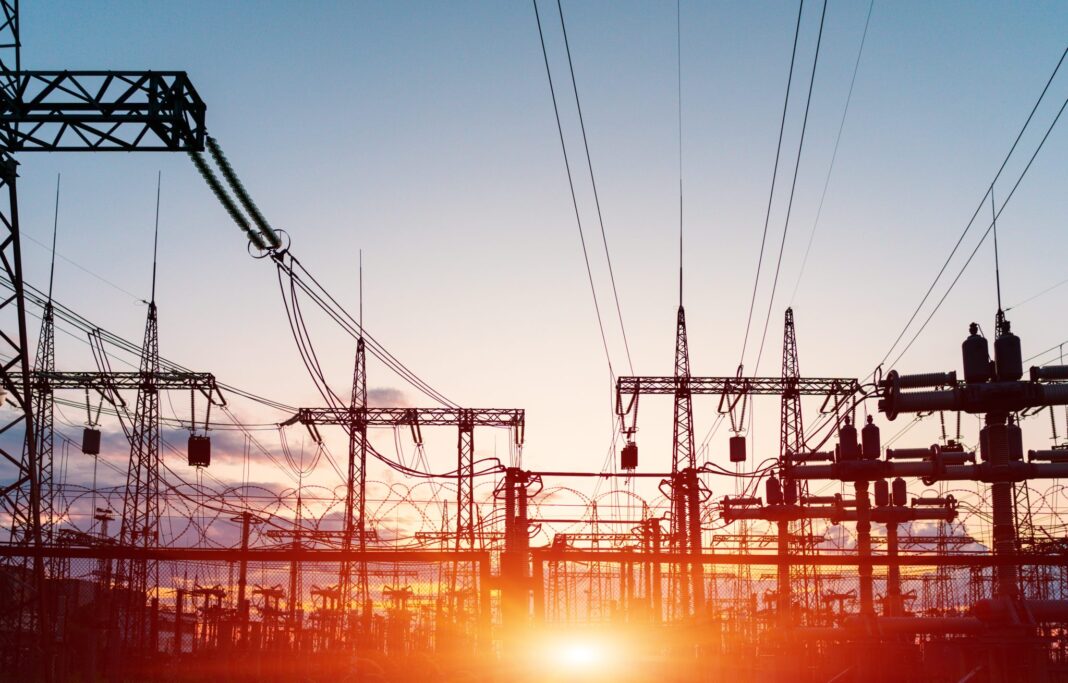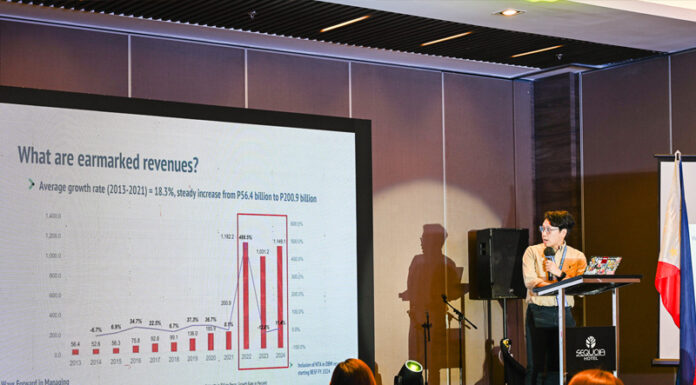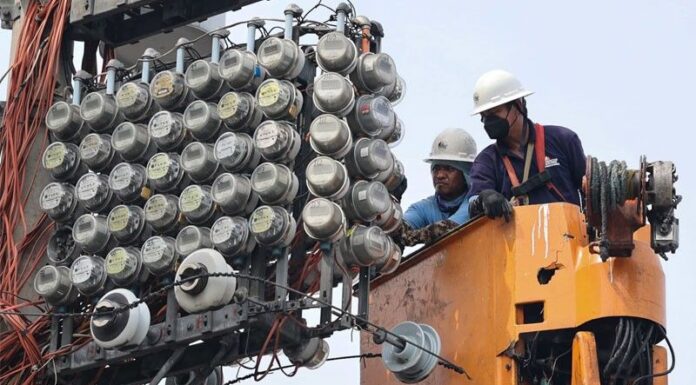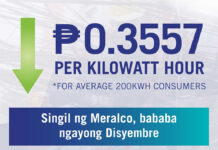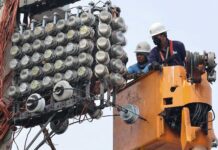AS we observe the 16th National Electrification Service Month this month of August, we are looking forward that our industry leaders, especially from the side of the government, will consider quality service and reliable service as the main driving force in the electricity rate war, especially in the countryside.
The struggle for a reliable electricity of most energy consumers in towns and cities under the service area of electric cooperatives are not solely anchored on the electricity price war. While it is true that numbers do matter, the solution to the problem is not always reflected on which electricity distribution utility (DU) offers the cheaper electricity based on the face value of their respective electric bills. But, it is the service reliability or the quality of the service itself that matters most.
For a highly-industrialized and thickly populated province like Batangas, the quality of electricity servicing is always trampled at the mercy of both the residents and industries beholden by a legislative franchise or electric coops which are unable to supply what the consumers needed most.

Batangas, however, is being serviced by a mix of electric coops and private distribution utilities. The whole of first district (City of Calaca and the towns of Balayan, Calatagan, Lemery, Lian, Nasugbu, Taal and Tuy) parts of third district (Agoncillo, San Nicolas, and Sta. Teresita) are under the legislative franchise of Batangas I Electric Cooperative (Batelec I). Batelec II on the other hand covers Lobo, Mabini, San Luis and Tingloy in the second district; Tanauan City and the towns of Alitagtag, Balete, Cuenca, Malvar, Mataasnakahoy, Laurel and Talisay in the third district; the towns of Padre Garcia, Rosario, San Jose, San Juan, and Taysan in the fourth district and the lone district of Lipa City.
On the other hand, Batangas City, the City of Sto. Tomas, San Pascual are being serviced by Meralco; Bauan is under First Bay Power Corp.; and Ibaan has Ibaan Electric Corp.
While it is true that in some areas being serviced by electric coops, the electricity rate is lower than in those areas being serviced by Meralco and other private DUs, one can easily compare the quality of service that each DU can offer to its consumers.
Just last week, Manila-based broadsheet Business Mirror run a an editorial that best illuminate issues and concern on electricity rates, giving the public a clearer view on the comparison of rates viz-a-vis service between a private DU and an electric coop. Said editorial read as follows:
-o0o-
“IN recent discussions surrounding electricity rates in the country, Meralco finds itself defending its pricing structure against comparisons with electric cooperatives (ECs). This public discourse has highlighted the complexities of the energy landscape, where the nuances of pricing, service reliability, and energy sourcing are often overshadowed by oversimplified comparisons.
Meralco has reiterated that its rates are subjected to rigorous regulatory scrutiny, resulting in one of the lowest distribution charges nationwide, unchanged for a decade, and falling in the bottom 30 percent among distributors. Its Weighted Average Cost of Capital (WACC), approved by the Energy Regulatory Commission, is the lowest among private distribution utilities. These facts underscore Meralco’s commitment to offering fair pricing while ensuring a stable, reliable power supply to its over eight million customers.
Unlike many ECs that primarily source cheaper coal power due to limited demand and customer base, Meralco’s power mix includes a significant portion of gas-fired plants—accounting for about half of its supply. This diversification aligns with national policy and helps sustain grid stability, especially given the ongoing coal moratorium and the increasing demand for cleaner, more reliable energy. The company’s procurement strategy supports the government’s broader agenda of transitioning to 50 percent renewable energy by 2040, a goal that would be undermined by calls to revert to more coal reliance or abandon natural gas initiatives.
The focus on rate comparisons alone obscures glaring service deficiencies in many electric cooperatives. Frequent power outages, prolonged blackouts, and poor disaster resilience plague several EC-served areas—from Siquijor’s 10-hour to 20-hour blackouts to La Union’s slow power restoration after storms. The National Electrification Administration (NEA), tasked with overseeing these cooperatives, has been slow to act and has instead engaged in public debates that distract from its core mandate.
Cheaper electricity is a hollow victory if it is accompanied by unreliable service and a lack of infrastructure investment. Consumers deserve not just low rates, but also consistent power, responsive customer service, and resilience in the face of natural disasters—all areas where many ECs currently fall short. Reports from consumer groups like Laban Konsyumer Inc. emphasize this disconnect and call for NEA to shift its focus accordingly.
The NEA’s preoccupation with price comparisons—often framed in selective and misleading ways—does little to address the root problems. Instead, the agency should prioritize facilitating competitive, transparent power procurement processes for ECs, especially encouraging the use of indigenous natural gas as a transition fuel.
NEA should also start holding electric cooperatives accountable for service reliability, system losses, and financial sustainability. It would do well for the agency to accelerate rural electrification efforts in underserved and disaster-prone communities.
NEA should also provide full transparency on the operational and financial health of ECs to the public. The ongoing discourse must move beyond simplistic rate comparisons to a more nuanced understanding of the country’s power landscape. Meralco’s balanced approach, aligned with national policies, demonstrates how affordability and reliability can coexist. The challenges faced by ECs highlight the urgent need for regulatory oversight, infrastructure investment, and operational reforms.
Ultimately, the public deserves a transparent, accountable, and sustainable electricity sector that delivers more than just cheap rates—it must provide consistent power, support economic growth, and contribute to the country’s renewable energy ambitions.
Calls to equate Meralco’s rates with those of ECs without considering the full context risk undermining progress toward a more resilient and sustainable energy future. The NEA must refocus on its core responsibilities and ensure that all Filipinos have access to electricity that is not only affordable but reliable and sustainable.
The debate over electricity pricing should serve to illuminate the path forward, not obscure the critical issues that affect millions of consumers nationwide.
-o0o-
Follow us on x: @BalikasOnline
Like us on Facebook: Kabayan News
Subscribe to us in Youtube: BNN Channel


